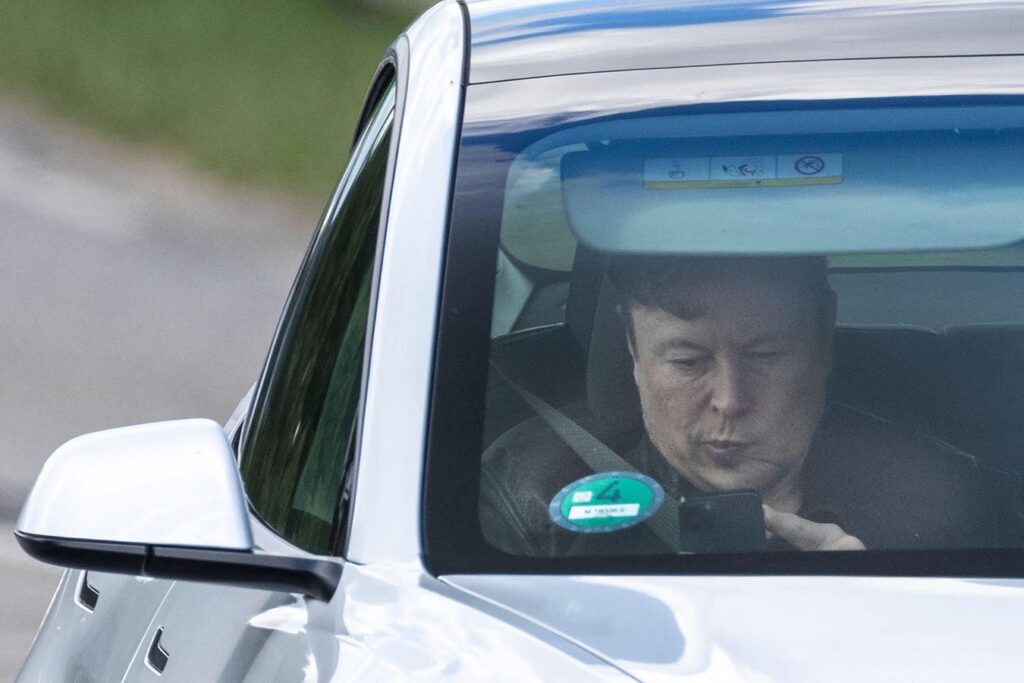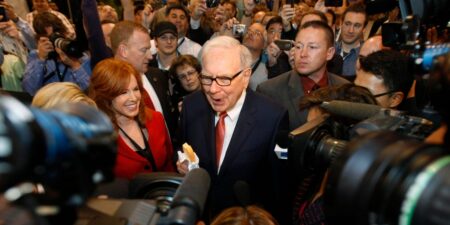Tesla achieved a dubious distinction in 2024 — the first drop in annual electric vehicle deliveries in the company’s history, according to Reuters.
After CEO Elon Musk predicted “slight growth” in 2024, Tesla’s 1.1% decline in annual deliveries sent the company’s shares down 6% on January 2, noted Reuters.
Why did Tesla fall short of expectations? In a nutshell, car buyers are under no obligation to buy EVs from Tesla. For that to happen, the company must prevail over rivals — some of which enjoyed solid growth in 2024 shipments.
Different groups of buyers have their own reasons for buying Tesla EVs. For instance, early adopters put up with many technical problems, as I wrote in a July 2020 Forbes post, because they wanted the attention that comes with being the first to own an EV. They have mostly done their EV buying, analysts told the Associated Press.
By contrast, most mainstream buyers are less eager. They have “concerns about range, price and the ability to find charging stations on longer trips,” AP noted.
Between 2014 and 2023, Tesla’s annual EV shipments increased at 56.7% average annual rate, according to my analysis of data provided by Reuters.
This raises questions for investors: Why did Tesla’s rapid growth shift into reverse? Can Tesla revenues speed up? If not, will Tesla stock — which soared 74% in 2024 — keep rising?
The short answers are: I see at least five reasons for the slowdown. Revenues can only resume if Tesla offers a compelling reason to buy versus competitors, and as long as Musk remains popular and powerful, Tesla’s stock could keep rising.
I have contacted Tesla for comment and will update this post if I receive a response.
Tesla’s Growth Reversal: A Five-Whys Analysis
In 2024, Tesla’s EV shipments declined — falling short of investors’ expectations of about 1% growth.
More specifically, Tesla shipped 1.79 million EVs in 2024 — 1.1% below 2023’s 1.81 million and 16 million short of “estimates of 1.806 million units from 19 analysts polled by London Stock Exchange Group,” noted Reuters.
Here is a my preliminary Five-Whys analysis:
- Why did Tesla’s 2024 EV shipments decline? Year-end incentives for Tesla’s aging lineup — such as interest-free financing and free fast-charging — and the new Cybertruck pickup failed to lure customers, noted Reuters.
- Why did Tesla’s incentives and Cybertruck fail to lure customers? Reduced European subsidies, a shift in the U.S. to lower-priced hybrid vehicles and tougher competition especially from China’s BYD overshadowed the lure of Tesla’s incentives, noted Reuters.
- Why did customers shift to hybrid vehicles and BYD EVs? Consumers shifted to hybrid vehicles to due to their affordability, practicality, and balance between fuel efficiency and a gasoline engine’s reliability. There are concerns about an EV’s charging infrastructure, range anxiety, and higher price points during a time of economic uncertainty, Urban Science reported. Moreover, BYD enjoyed a 12.1% rise in EV deliveries — outpacing the EV market’s 7.2% growth through September 2024, according to AP — to 1.76 million in 2024, noted Reuters.
- Why did BYD’s EV growth surpass Tesla’s? BYD uses vertical integration, economies of scale, and cutting-edge battery technology to offer consumers newer designs at lower prices than Tesla — which repels potential buyers who do not share Musk’s political views, Campaign Asia reported.
- Why is Tesla failing to respond to changing consumer preferences which have boosted demand for hybrids and BYD offerings? Tesla — which forecast 20% to 30% sales growth in 2024 — is touting self-driving taxis rather than competing for customers with lower incomes. To meet growth guidance, Tesla must offer vehicles priced in the “mid $30,000s to appeal to more mainstream buyers who might be considering gas, electric or hybrid vehicles,” Morningstar Analyst Seth Goldstein said to AP. Musk’s support of President-elect Donald Trump “could be turning off some buyers who may be more environmentally conscious and lean toward Democrats,” vice president of automotive research Global Data Jeff Schuster told AP. Musk has said he will use his role in the Trump administration to push for federal — rather than state-by-state — approval of autonomous vehicles, Reuters reported.
Can Tesla Restore Rapid Revenue Growth?
Analysts are divided on whether or when Tesla can grow faster. “We have never viewed Tesla simply as a car company,” wrote Wedbush financial analyst Daniel Ives in a report featured by AP.
Tesla “stock should be valued more on its promise of creating fully self-driving, autonomous vehicles and its AI technology and is still worth buying despite the sales drop. We have always viewed Musk and Tesla as a leading disruptive technology global player. And the first part of this grand strategic vision has taken shape,” Ives added.
Goldstein and Schuster suggest Tesla’s goal of 20% to 30% revenue growth in 2025 will not be achieved. After all, with Musk talking more about self-driving taxis — which are unlikely to hit the market in 2025 — Tesla could struggle to meet that goal.
Despite promises to sell a lower-priced EV this year, Tesla has not done much to meet that expectation. Tesla said the company would “begin selling a car in 2025 for as little as $25,000,” according to the New York Times. However, Tesla has not displayed a prototype nor has Musk provided many details about the project, the Times noted.
Unless Tesla ramps up production of these models soon, it is unclear how Tesla will achieve significant growth this year.
Will Tesla Stock Rise?
Analysts view Tesla’s stock as overvalued. Based on 33 Wall Street analysts offering 12-month price targets, Tesla stock would need to drop about 28% to reach the average target of $292.03, notes TipRanks.
Here are four analyst opinions:
- Tesla’s profits do not justify its stock price. Tesla is “not making nearly enough money to justify the share price,” Leonard Kostovetsky, associate professor at Baruch College’s Zicklin School of Business, told the Times. “People are justifying it based on things that will happen in the future.”
- Tesla’s market value exceeds that of the next 20 largest automakers combined. Tesla $1.2 trillion market capitalization exceeds that of the the next 20 largest automakers combined, according to data from S&P Global Market Intelligence noted in the Wall Street Journal.
- Two-thirds of Tesla’s market capitalization is based on pure promise. Last month when Tesla’s market cap peaked above $1.5 trillion, about $1 trillion of that was implied for revenue from “things to come,” estimated Evercore ISI analyst Chris McNally in the Journal’s report.
- Tesla stock could fall since its price is ahead of fundamentals. Animal spirits and momentum are driving Tesla’s stock which will likely go into a “downward channel” as it has “in past periods after the company’s market value pulled well ahead of fundamentals,” noted a November report from UBS analyst Joseph Spak.
As long as Musk’s political power remains high, Tesla’s share price could rise. Otherwise, investors should watch out below.
Read the full article here
















